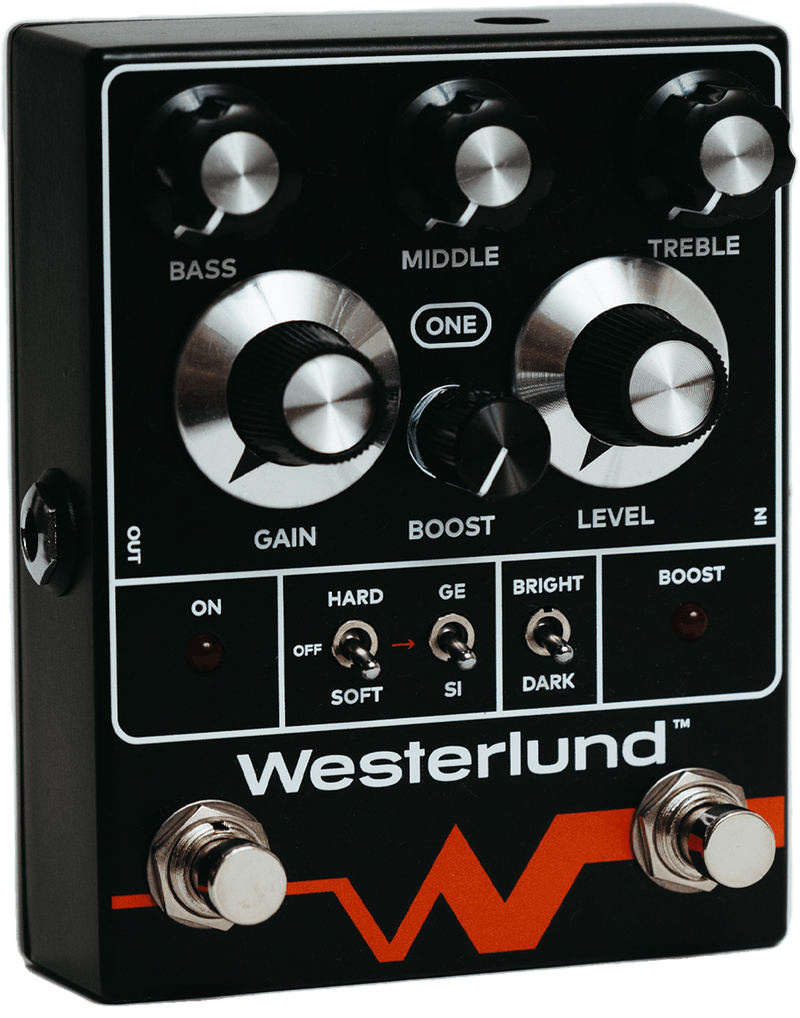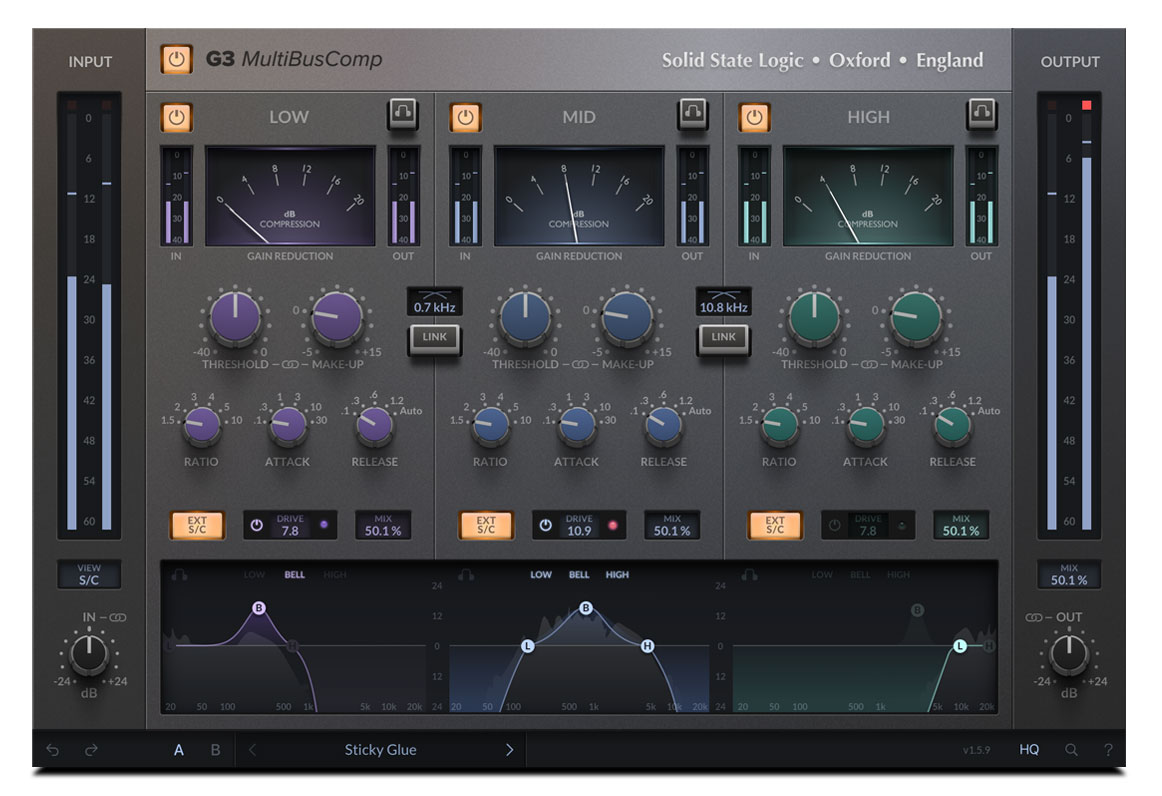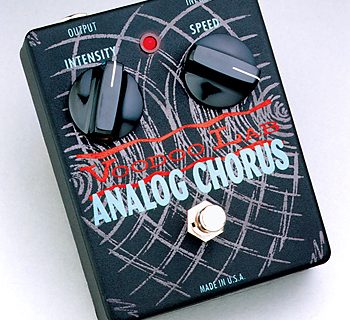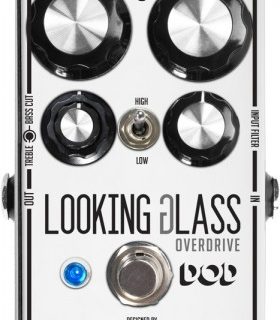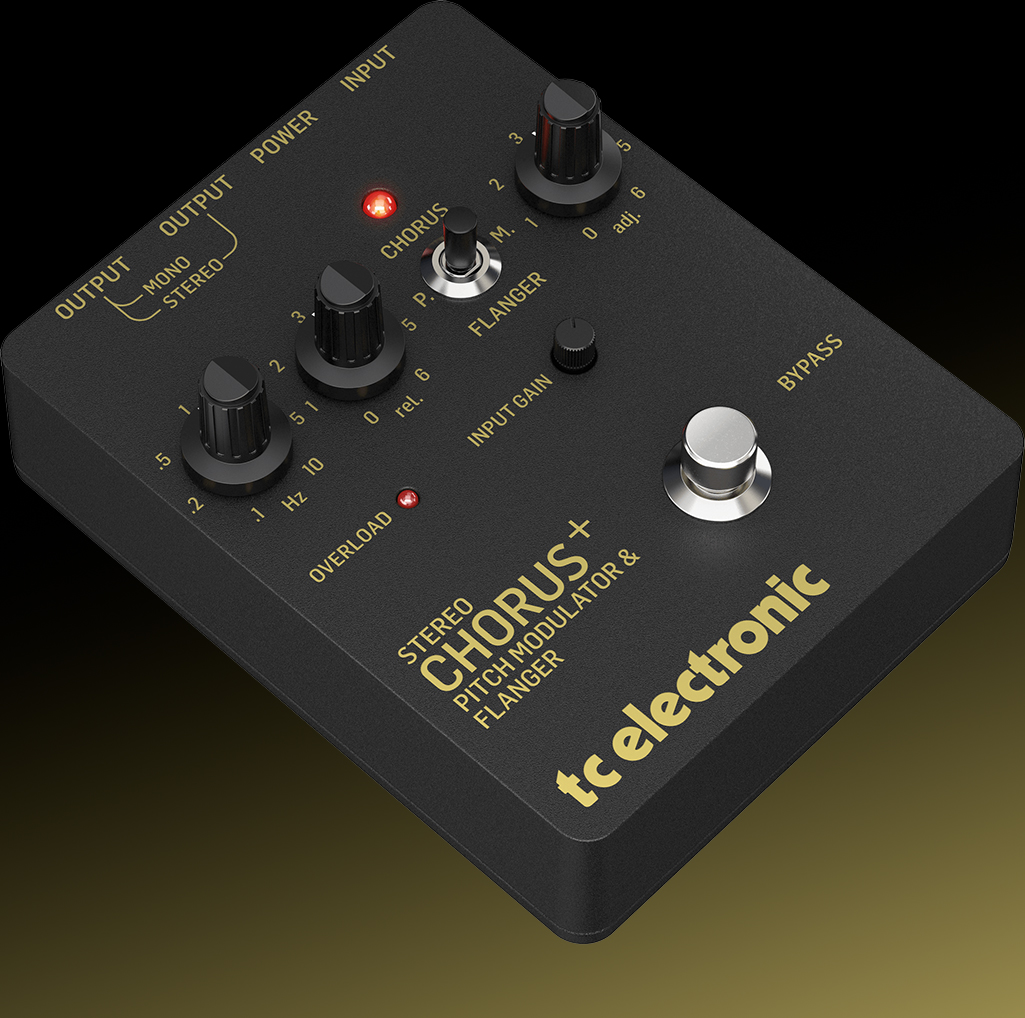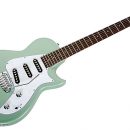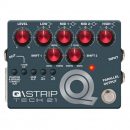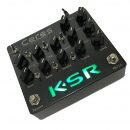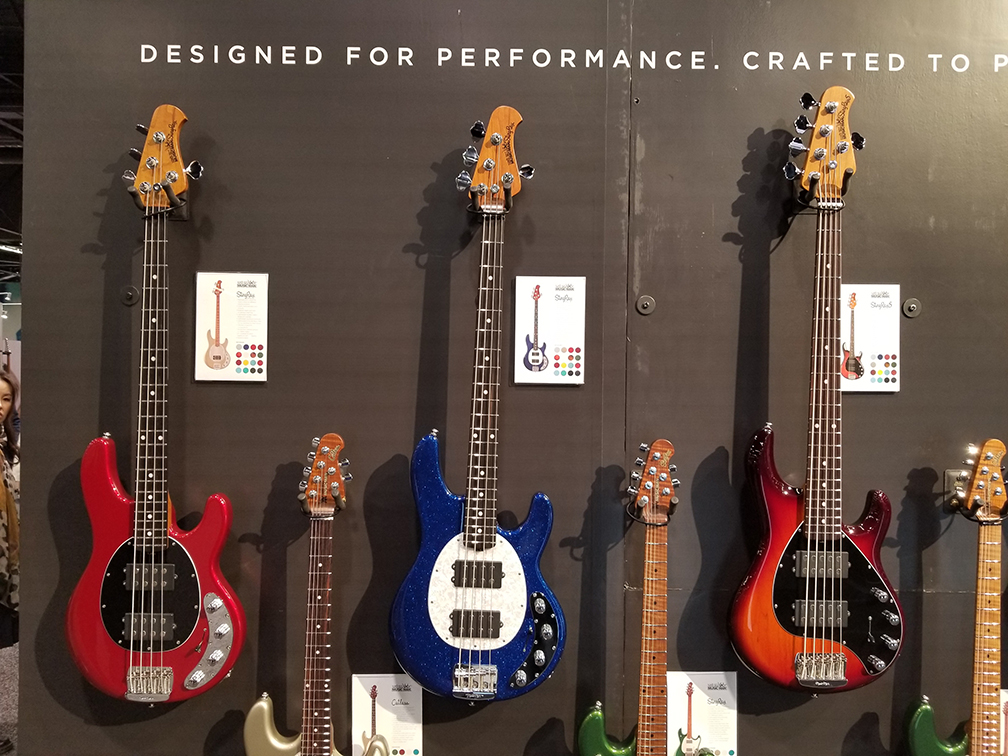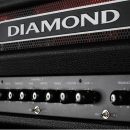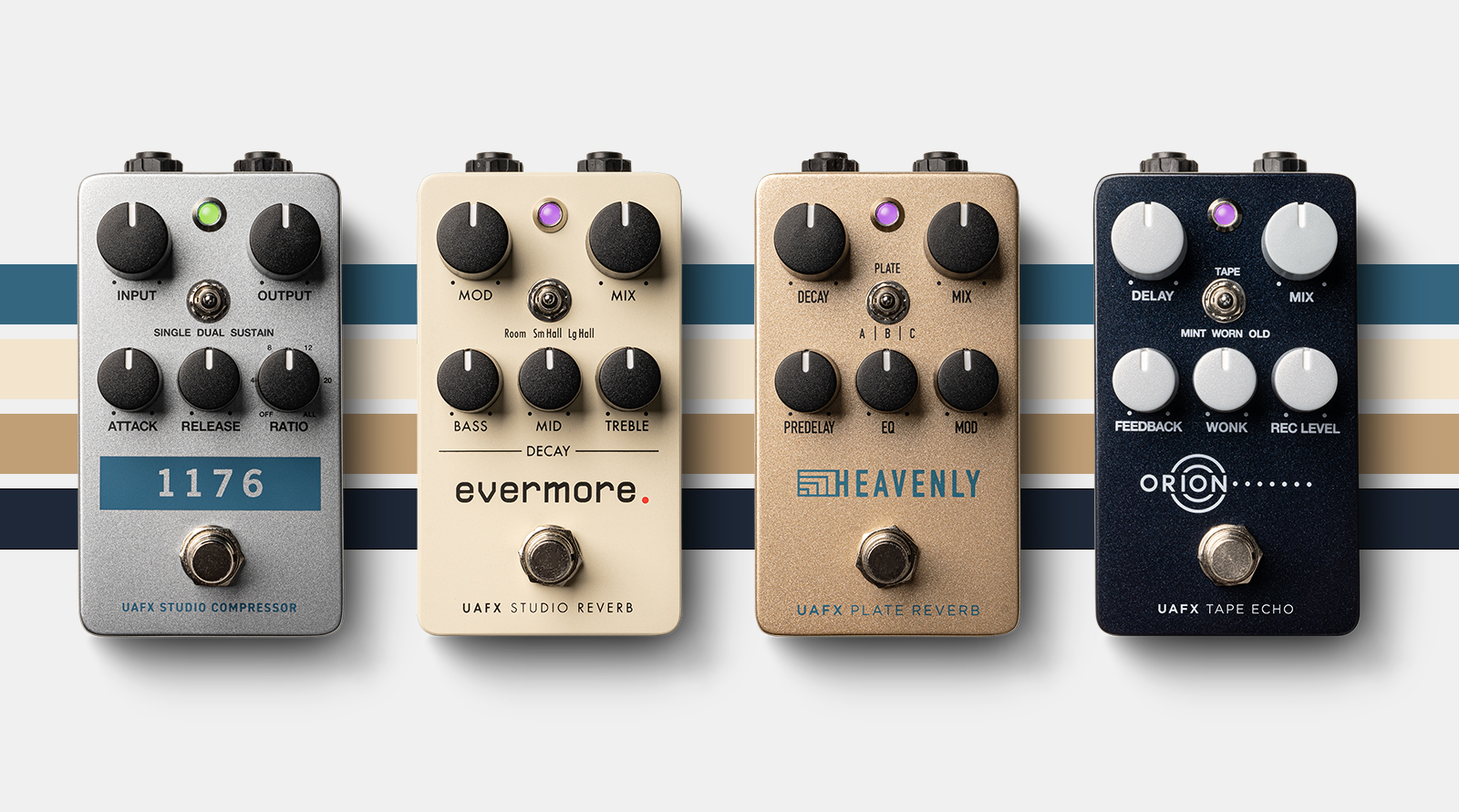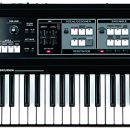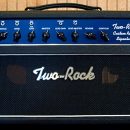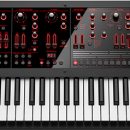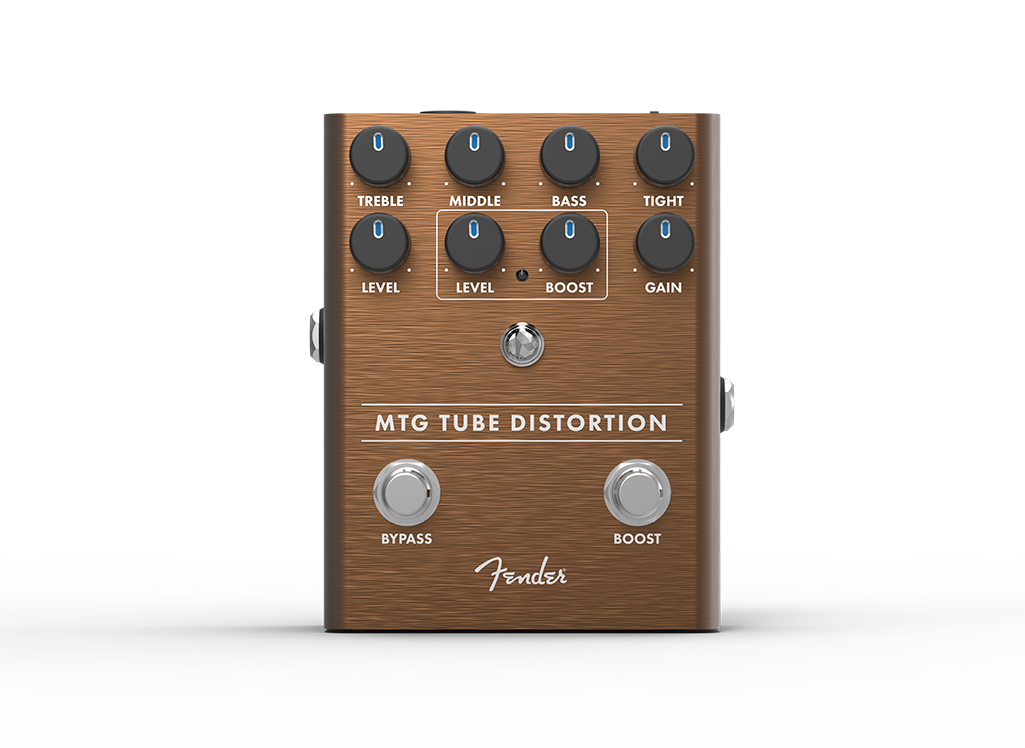
The One is the flagship pedal from Westerlund Audio. The pedal was designed to meet multiple needs on the stage and in the studio ranging from an always-on pedal with some drive, to rock and even fuzz tones all the while giving you additional flexibility with your amp and guitars. It is meant to be an extension of your sound, what they like to describe as a “high-end mic preamp” for your instrument. And although you can get a lot of gain out of the pedal, the goal of the pedal is to stay true to your original signal while providing a more balanced, fuller, and dynamic tone. I had the pleasure of meeting the Westerlund team at NAMM and you could really feel their enthusiasm and pride in what they created. Putting this pedal through its paces, we can understand why.
Features
Key features: three unique FET based op/amp gain stages and a FET tone recovery stage for very amp-like tones, a bright/dark switch, three-Band EQ, and an adjustable boost that can be used when the pedal is active.
At first glance, the pedal seems a little busy, but it is actually very simple and well laid out with very clear labels and a nice reddish-orange W accent on the bottom. The pedal looks professional and sleek and comes housed in a sturdy metal encasing. You have three EQ knobs at the top for bass, middle, and treble with two larger knobs below them for gain and level, which are all self-explanatory. In between the drive and level knobs is a smaller knob for controlling the boost volume when the boost is engaged.
The lower part of the pedal has red LED lights for when the pedal is on and when the boost is on. Of note, the boost only works when the pedal is on and is not a separate boost. In the middle you have three switches that make this pedal unique. First to the left you have the Clipping mode which has three options. Off is what they call the amp mode. Then switch down is soft clipping and switch up is hard clipping. With each clipping mode you have an option for germanium or silicon clipping which is controlled by the switch to the right.
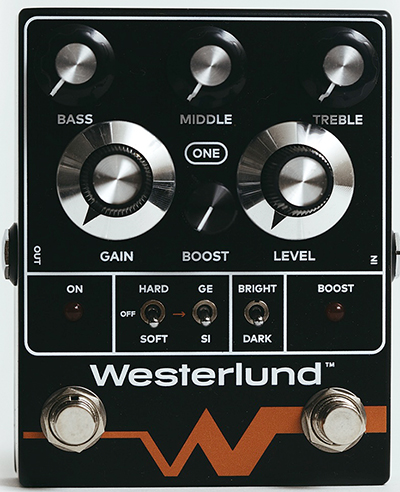 Not sure what the difference is between soft and hard clipping? Basically, soft diode clipping creates a more overdrive-like sound and rounds out the peaks in the signal, resulting in a more tube-like character to the tone. Think tube screamer. Hard clipping on the other hand is a common way to create distortion. Think Boss DS-1, MXR distortion, The Rat, and even the infamous Klon pedal. But here, you get both options, as well as the type of diode. As we will see when we demo the tones in our YouTube video, the differences are often subtle depending on the guitar and level of gain, and what guitar and amp you are using.
Not sure what the difference is between soft and hard clipping? Basically, soft diode clipping creates a more overdrive-like sound and rounds out the peaks in the signal, resulting in a more tube-like character to the tone. Think tube screamer. Hard clipping on the other hand is a common way to create distortion. Think Boss DS-1, MXR distortion, The Rat, and even the infamous Klon pedal. But here, you get both options, as well as the type of diode. As we will see when we demo the tones in our YouTube video, the differences are often subtle depending on the guitar and level of gain, and what guitar and amp you are using.
There is a Bright/Dark switch to further balance out your tone. Most of the time you we left this on Bright.
Input/output jacks are on the sides and power jack is on the top.
The pedal is powered by standard 9V power, with no battery option.
Usability
Although initially looking at the pedal it may seem quite busy, it’s actually very simple to use and make the adjustments to get the sound you’re looking for.
The boost only works when the pedal is on, and not in bypass. Adjusting the boost level knob was simple.
Sound
From somewhat clean boost to crunch to overdrive to fuzz, we were able to get a number of stellar tones throughout the range of this pedal. The three clipping modes, soft, off, and hard seem barely noticeable on some settings but clearly make a difference in others.
For example, to get a choking fuzz tone, turn the Gain knob all the way up, soft clip, switch up to germanium. With the clipping off or on hard, or the diode switch to Silicone, you don’t get that same choking fuzz tone. Check out our YouTube video to hear the various tones this pedal has to offer:
Documentation and Product Support
The pedal includes a simple explanation card with four different settings to get you started: always on, main drive, axis fuzz, and rock setting. It’s recommended to start with the EQs set at 12:00 and adjust to fit your guitar and amp. Go counterclockwise to remove frequencies and clockwise to add frequencies.
Price
Westerlund Audio’s The One retails for $379. This definitely puts it in the boutique pedal range, but it has a lot to offer. The pedal is hand made in the USA.
Contact Information
Westerlund Audio
www.westerlund.com

